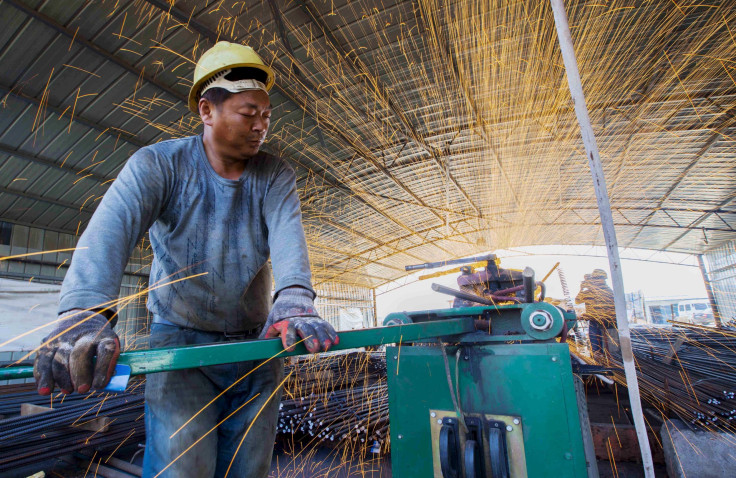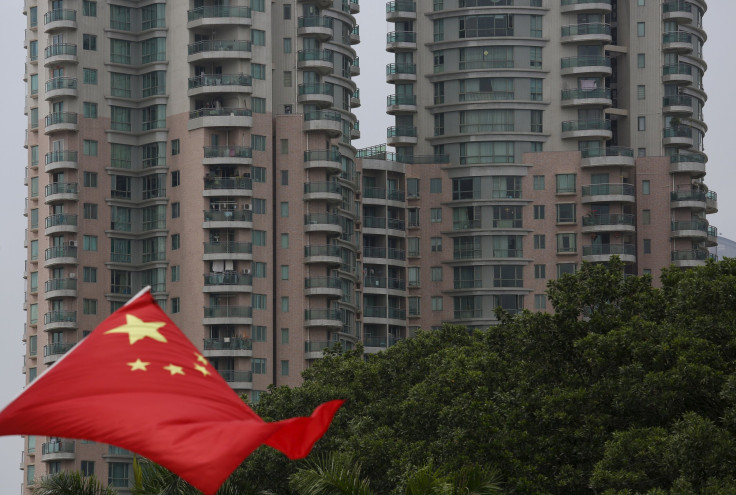China’s Manufacturing Data Above Expectations In March As Analysts See Signs of Stabilization Amid Slowdown

SHANGHAI — Latest manufacturing data in China came in above expectations in March — with government data showing a return to expansion, and another key index seeing its best performance for 13 months. Analysts said the figures suggested signs of a stabilization in the world’s second-largest economy — but they also warned it was too early to read too much into the data, with other indicators still showing signs of contraction.
The official manufacturing Purchasing Managers' Index (PMI), which measures activity at mainly large and state-owned companies, rebounded into positive territory, up from 49 in February to 50.2 in March (with any number above 50 seen as a sign of expansion.) Services also maintained their positive trend, with the non-manufacturing PMI rising to 53.8, up from 52.7 in February.
Experts said manufacturing typically picks up in March, as businesses return to work after the Chinese New Year holiday — but Raymond Yeung, senior economist for China at ANZ Bank, said in a note sent to International Business Times that this year’s rebound was “higher than average,” and well above market expectations of just 49.4.
Yeung also noted that output rose to its highest level since last September, while export orders — the slump in which contributed to China’s growth falling to 6.9 percent last year, its slowest pace for 25 years — returned to expansionary territory for the first time since September 2014. He said increased government infrastructure spending and a rebound in demand among electronics manufacturers in Asia were important factors.
The separate Caixin/Markit China Purchasing Managers’ Index — which measures activity at mainly private and smaller companies and has fallen faster than the official index over the past year — continued to contract in March, but at its slowest rate for 13 months, climbing from 48 in February to 49.7. New orders grew for the first time since last June, while overall output was up for the first time in four months.

Caixin Chief Economist He Fan identified a rebound in export orders as an important development, and suggested that government stimulus policies “have begun to take hold.”
Caixin also found that purchasing by firms increased for the first time since last June, while input costs and sales prices both rose for the first time in 20 months. Job losses, a major concern over recent months, continued, though the pace slowed from February’s seven-year high.
Julia Wang, Greater China economist at HSBC, said in a note sent to IBT that rising commodity prices had led to restocking by companies, while a recent revival in China’s property sector had helped lead the recovery. Government easing measures have spurred a sharp rise in property sales, and prices, in recent months: one new survey shows prices in China's 100 biggest cities rose by an average of some 7.4 percent in March compared to a year earlier. Wang said this had boosted demand for related industries in both the manufacturing and services sector.
At the same time, fears of a potential property bubble have led some cities to introduce new cooling measures over the past two weeks, while the government has taken steps to clamp down on gray loans. And despite data showing that industrial profits rose by 4.8 percent year-on-year in January and February, compared to a fall of 4.7 percent in December, the knock-on effect of the last year’s slowdown was highlighted by recent figures showing that hiring by private firms fell to a four-year low in the first quarter of this year. And ratings agency Standard & Poor’s on Thursday downgraded China’s credit rating from stable to negative — following a similar move by Moody’s earlier in March.

And HSBC’s Wang remained cautious: “It is still too early to conclude that a recovery has firmly taken hold in the domestic economy,” she wrote. “Despite the cyclical upturn, the picture on underlying demand looks more mixed.”
Wang noted that despite government moves to promote innovation and help small companies take out loans, the official PMI figures suggested that “the smaller enterprises have fared worse, rather than better in March,” with external demand still unlikely to rebound dramatically.
She said that “continued policy easing will be critical to ensure a firmer and continued recovery can take hold. Only then would the cyclical re-stocking we have observed this month turn into sustained recovery.”
ANZ’s Yeung said that the data suggested China could achieve its minimum target of 6.5 percent growth in the first quarter of this year — but he agreed that Beijing was likely to relax monetary policy, predicting a further cut in the reserve requirement ratio for banks, in order to stimulate lending, in the coming months.
The Chinese government has pledged that it will implement a policy of cautious monetary easing this year, while increasing infrastructure spending and cutting taxes on businesses. However, officials have said there is no need for the sort of massive stimulus package introduced following the 2008 global financial crisis, and have said they are confident China can cope with the layoffs like to result from plans to restructure loss-making industries in sectors suffering from overcapacity. Officials have said that these plans could, if fully implemented, lead to some seven million job losses in the coming years.
© Copyright IBTimes 2024. All rights reserved.






















